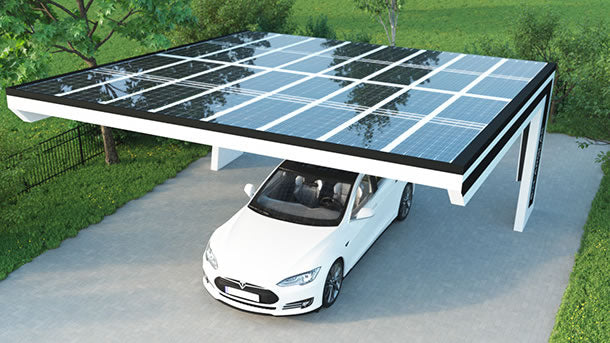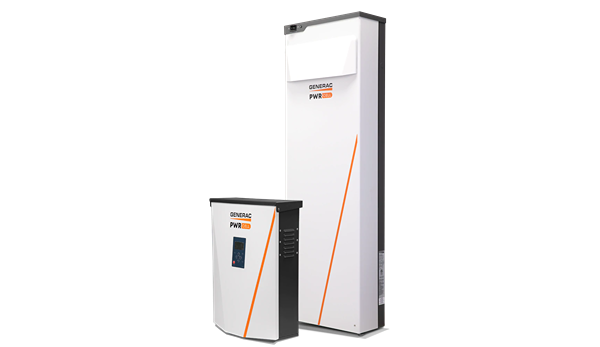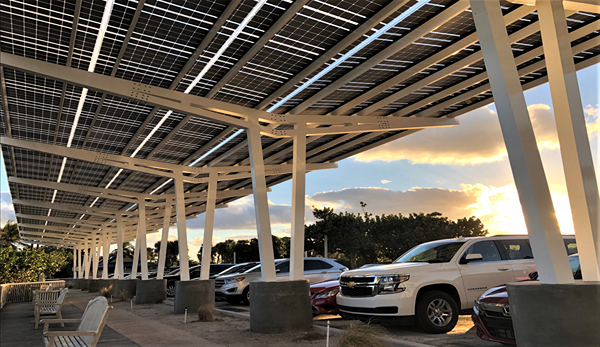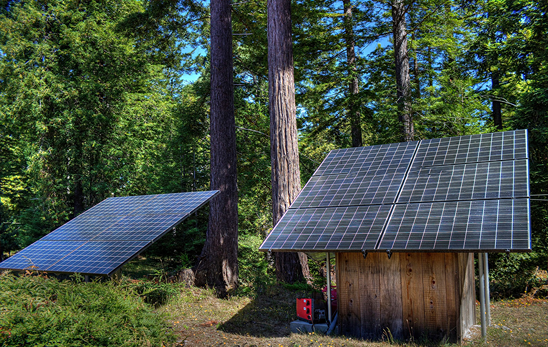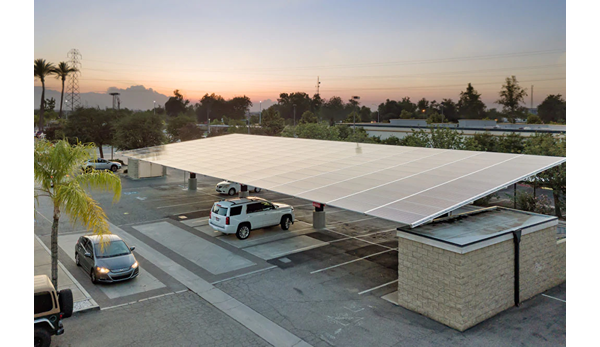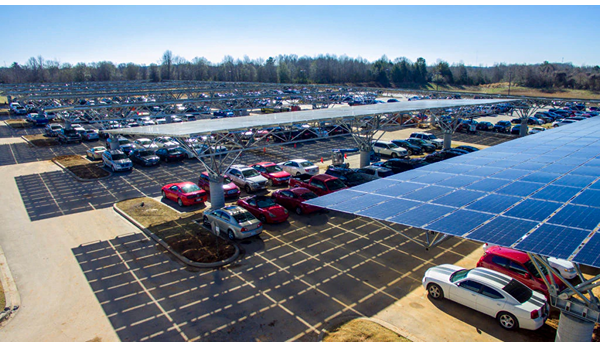
The Number of Solar Panels It Takes to Power an Electric Vehicle from Your Roof or Car Port
The Number of Solar Panels It Takes to Power an Electric Vehicle from Your Roof or Car Port
It's not rocket science, but approximating the amount of energy needed, calls for some computations
I was creating more energy with my solar electrical system than I made use of. Basically I was leaving electrical power “on the table”. I used only 60% of the power I created in 2021 and 80% in 2022. I was contributing hundreds of dollars per year to the grid. It dawned on me that I could capture the value of my excess power by using it for automobile transportation instead.
My utility affiliation (net-metering) allows me to obtain a credit for each and every kWh that I generate over my monthly consumption. I can bring this credit forward every month, to cover the cost of the energy I utilize in the winter when my production is low. I gain the retail value of my excess month-to-month power generation as well as develop a credit over the summertime to use during the following winter season.
I have a Nissan Leaf with 7000 miles on the odometer. I’ve had it for two years and drive it in a 30 to 50-mile radius. I charge it at home and pay nothing for gas.
As with all electric vehicles, my upkeep expense is exceptionally low. In fact, so far, my upkeep has actually been - zero. My solar panels power both my home and all my neighborhood transportation while lowering my cost of ownership for both my residence and my car.
Throughout winter, mileage may drop by 25% due to temperature extremes. (Incidentally, gas economy for ICE, fossil-fuel cars goes down substantially in severe climates, but few people seem to notice.) On the other hand, during moderate seasons and in warmer climates, most EVs obtain substantially much better miles per kWh. For instance, the Chevy Bolt can drive up to 6 miles on 1 kwh during a warm season.
Solar-powered Transportation
Mounting enough solar panels to power your home and also an electric vehicle, is actually quite feasible. I found myself in this favorable energy zone after my solar array was finished.
Most power modeling techniques will provide an accurate indication as to the variety and number of solar panels required to fully power a net-zero-energy residence. The vital question is, how many additional photovoltaic panels are needed to power your electric vehicle?
Miles you Drive
If you're a daily commuter, your average mileage ought to be simple to calculate. Early electric cars, like my Leaf, have a range of only about 90 miles per charge. They are "around town" cars. You might drive them 5,000 or 10,000 miles per year.
Efficiency of Your EV
The majority of EVs are midsize sedans, so their efficiency is relatively comparable.
My Leaf travels 4.3 miles on 1kwh. A Tesla Model 3 gets 4.4, and a Chevy Bolt is rated at 3.5 miles per kWh. That range will vary with your driving, the terrain, as well as the season, and whether the AC or heater is used.
The actual efficiency of your electric auto based on your driving patterns and environment is reported on the dash screen. You can also locate the efficiency and range details at the DOE's Alternative Fuels Data Center https://afdc.energy.gov/data.
Many sources report EV efficiency in kWh/100 miles instead of the less complex miles/kWh. To convert to miles/kWh divide the kWh value by 100.
For example, my Leaf is rated at 30 miles/100kWh.
When you divide 100kWh by 30. it gives you 3.3 miles/kWh.
That's about 25% lower than my real mileage based upon my driving patterns and environment, but it gives you an approximation.
Yearly Output of One Solar Panel in Your Environment
The simplest way to learn how much power one solar panel will produce each year is to look at your actual production through an internet site, or mobile app.
As soon as you understand how much electrical power a single panel will create yearly, the next step is to divide the number of miles you will likely drive per year by the miles per kWh of the car. That will give you the kWh needed for driving – for a whole year.
Divide the kWh needed for transportation by the expected yearly output of your photovoltaic panels.
For example - I drive my Leaf locally about 4,000 miles per year. My Leaf gets approximately 4.3 miles per kWh. Each of my solar panels produce 360kWh every year. Here is the calculation:
4,000 miles per year / 4.3 kWh/mile = 930kwh required to power my Leaf annually.
930kWh / 360kWh/panel = 2.5 panels required to supply 930kwh annually.
You can round up to the next full solar panel to provide room to raise your solar-powered driving distance along with an acceptable margin of error. Also, remember, solar output will decline by about 0.8% each year as your panels age and cars batteries shed a little of their efficiency over time, just as internal combustion vehicles decline in efficiency as they age.
It's more economical as well as much less polluting to drive an EV than an ICE fossil-fuel burner - even if you purchase electrical energy from the grid !
If you intend to mount solar panels, whether on your roof, barn or Car Port consider adding sufficient solar panels for your everyday transportation needs.




